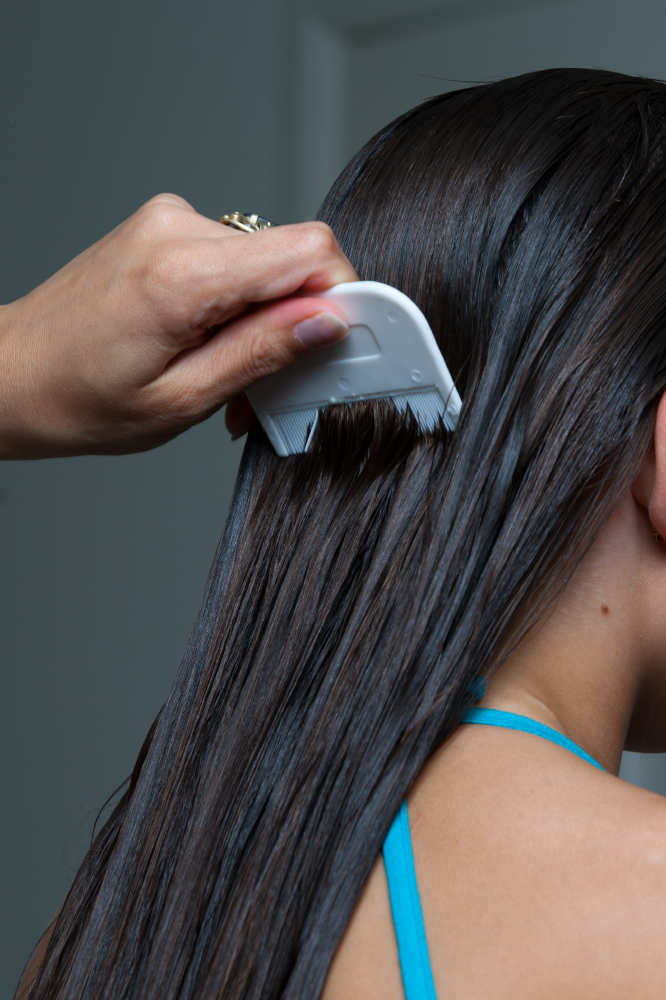
Ensure your children don't have to suffer from head lice
While parents may be heaving a sigh of relief that their children are back at school, it’s inevitable that at some point they will catch the dreaded lurgy doing the rounds.
But aside from the usual coughs and colds, it’s also extremely common for young children to catch head lice and threadworms.
But how do you spot head lice or threadworms, and if your child has them, how do you prevent the rest of the family catching them? Omar El-Gohary, Superintendent Pharmacist at ChemistDirect, offers some advice.
He says: “Head lice are passed by direct contact from head to head, and are not the result of dirty hair or poor hygiene.
“Parents should check for tiny eggs attached to the hair or actual head lice, which are about the size of a sesame seed.”
In most cases, itching is the main symptom. But because this is caused by an allergy to the lice, and not by the lice biting the scalp, not everyone experiences this. If children scratch their bites, this can cause an infection, which will need to be seen by a pharmacist or doctor for additional treatment.
El-Gohary adds: “There are four main options when it comes to treating head lice - a chemical-based insecticide, a silicone-based insecticide, herbal products or wet combing.”
A chemical-based insecticide should only be used if a live louse is seen on the scalp, although there is evidence that they can become resistant to this treatment. Silicone-based products such as Hedrin and Full Marks work by coating the lice and smothering them, which is very effective. These products can also be used by asthmatics, pregnant women, and children under the age of two. Some parents choose to use an essential oil such as tea tree oil, however, there is not enough evidence to support this method at the moment. Finally, wet combing involves wetting the hair, applying conditioner and combing it with a very fine comb. This should be done every few days for a couple of weeks.
“Head lice are most prevalent in children aged between four and 11, but you should only treat someone if you see signs of infestation. It’s also important to remember to wash bedding and towels to avoid a re-infestation.”
An itchy bottom is the first sign of threadworms – which are very common in young children. These worms look like tiny white threads and you may notice them around your child’s bottom or in their stools.
El-Gohary says: “Parents should buy Ovex, which is available in a family pack, although their GP should be consulted for treating babies under two or pregnant and breastfeeding women.”
Threadworms are spread through poor hygiene and can be transmitted on bedding, towels, toys and food. If one person in the household gets them, there’s a high risk that the whole family will be affected.
He adds: “Don’t allow food in the bedroom (eggs from the bedding may be swallowed), wash contaminated clothes and bedding, and thoroughly vaccum the house.
“To reduce the chance of your children getting threadworms, teach them good hygiene. They should always wash their hands after going to the toilet, and fingernails should be kept short and cleaned underneath.”

